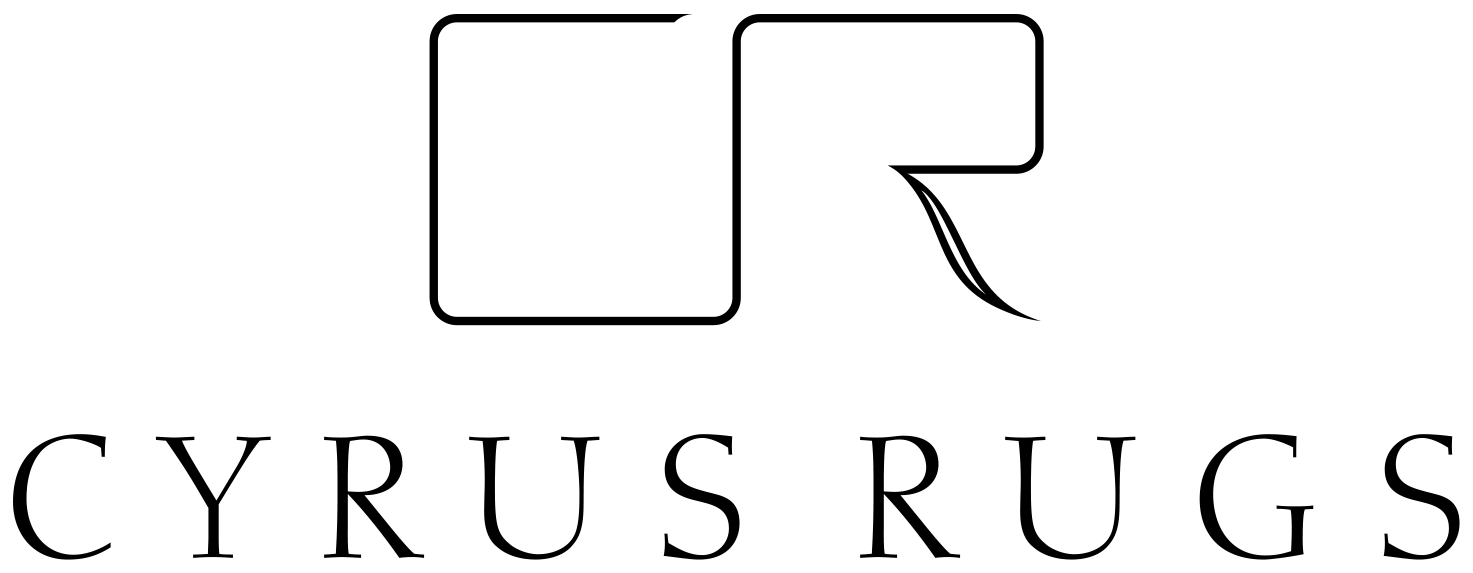Why Tamarian Rugs are a True Work of Art
Posted On March 24, 2020Tamarian Carpets has gone a long way since founder Steve Cibor loaded his Ford Explorer with sample Tibetan rugs to persuade retailers to sell his exquisite, hand-woven pieces. Since then, it has turned into a premier wholesaler of Tamarian tibetan rugs, setting the standard for luxurious, hand-made designer carpets.
But how did it get from there to here?
The appeal of Tamarian rugs lies in its meticulous process of creation. After all, each hand-woven piece is passed on from one person to another, taking an entire village to create. From sheep farmers and shearing experts to wool spinners and import specialists, at least 50 people touch a single Tibetan carpet. And that’s what makes Tamarian handcrafted Tibetan rugs a true work of art.
A Hand-Woven Masterpiece
Ancient craftsmanship sets the Tamarian carpet apart as an internationally recognized luxury rug. Tamarian area rugs are meticulously constructed by hand and woven on an upright loom using the Tibetan loop Senneh knot.
Every step in production is completed through the touch of a hand, and the tools and techniques have remained unchanged for centuries. Tamarian dyemasters follow a small pot-dyeing process to enhance the rug’s boldness and luster. Once the weaving process is finished, the rug is cut from the loom, then is trimmed and washed.
The Finest Tibetan Wool
Tamarian rugs use the finest Tibetan native wool, giving it a unique texture and smoothness. The material comes from Tibetan highland sheep that roam freely in the wild. The wool they produce contain extremely high lanolin content, making Tibetan wool one of the finest natural fibers available.
Sorters separate the wool by hand, selecting only those colored naturally white and that meet dyemaster standards. The material is then washed and spun, giving it its raw, organic texture. To preserve the wool’s lanolin content, the material isn’t washed with bleach or chemicals before the dyeing process.
An Ancient Pot Dyeing Technique

To keep the colors of the wool consistent, the material is dyed through the age-old pot dyeing method. To reach optimal color saturation, dye masters submerge, simmer, and spin the wool using top-quality dyes. These chrome-based dyes are produced in small batches of handspun Tibetan wool and high-class silk. With a standard pallet of over 1,200 colors, the consistent formula helps ensure that dyed wool doesn’t fade over the years.
The Tibetan Loop Senneh Knot
Every Tamarian rug is hand-woven using the Tibetan loop Senneh knot. The technique involves tying each knot around to warp threads then looping them around a metal rod. After completing an entire row of knots, they are cut from the rod. To create a full-scale version of the rug, weavers use a “cartoon graph” that’s followed knot by knot until it creates the finished product.
Meticulous Trims and Shears
After the rug is cut from the loom, it is carefully trimmed. Then, it is meticulously sheared until the rug reaches its required consistency. After the finishing touches have been added, the rugs are washed three times with clean water. Finally, they are sun-dried to bring out its rich colors and natural hues.
Get your Tamarian Rugs from Cyrus Artisan Rugs
Visit Cyrus Artisan Rugs Showrooms in: Minneapolis, St. Paul, & Rochester, not living in Minnesota? visit our showrooms in Sioux Falls, SD & Des Moines, IA. Get long lasting & quality area rugs from Cyrus Rugs Artisan.
